Table of Contents
Grassland Ecosystem:
Grasslands are dominated by grass species but sometimes also allow the growth of a few trees and shrubs. Rainfall is average but erratic. Limited grazing helps to improve the net primary production of the grasslands but overgrazing leads to degradation of these grasslands resulting in desertification. Three types of grasslands are found to occur in different climatic regions-
Tropical Savanna or Tropical Grassland:
- The tropical grassland is a treeless, meadow-like, plain biome mainly in South America, Africa and Australia. It is called Savanna.
- The climate is warm.
- The annual rainfall ranges between 100 to 150 cm but is seasonal.
- Wet seasons alternate with dry seasons.
- Rainfall is too low to support many trees.
- Savanna is characterized by wide expanses of grasses interrupted by occasional trees such as acacia, which bristle with thorns that provide protection against herbivores.
- Both trees and grasses have fire-adapted features such as extensive underground root systems, that enable them to survive seasonal droughts as well as periodic fires.
- Spectacular herds of hoofed mammals such as wild beasts, antelopes, giraffes, zebras and elephants occur in the savanna. Large predators, such as lions and hyenas, kill and scavenge the herds.
- Savannas are rapidly being converted to rangeland for domestic animals. In some places, severe grazing and use of existing trees as firewood convert the savanna to the desert.
Temperate Grassland:
- Summers are hot, winters are cold, and rainfall is often uncertain in temperate grasslands.
- Annual precipitation averages 25 to 75 cm.
- In grasslands with less precipitation, nutrient minerals tend to accumulate in a well-defined layer just below the topsoil.
- These nutrient minerals tend to wash out of the soil in areas with more precipitation.
- Grassland soil has considerable organic material because the grasses above the soil surface die off each winter and contribute to the organic content of the soil.
- The roots and rhizomes form a thick, continuous underground mat.
- In the United States and Canada, these grasslands are known as Prairies, in South America as Pampas, in Africa as Velds, in Central Europe and Asia, they are known as Steppes and Tussocks in Australia.
- Economic Importance- The grasslands are of tremendous economic importance, for they are the prime farming (grain-growing and cattle-raising) areas. As one would expect, this highly useful biome has been greatly disturbed and few natural areas remain. It appears that early human civilization developed in the grasslands. Overfarming and loss of topsoil are serious environmental problems that threaten food production.
- Animals of the area are prong horned antelope, bighorn sheep, mule, deer, coyote, burrowing owl etc.
Polar Grasslands or Arctic Tundra:
- The biome is located between 60° latitude and polar ice in North Asia, North Europe and North America.
- It does not occur in Southern Hemisphere because the corresponding region is covered by the Antarctic Ocean.
- In order to differentiate it from the altitudinal biome of a similar type, it is also called the arctic tundra.
- Tundra is a plain area with a number of depressions and cracks, marshes, bogs and ponds during summer.
- Winter temperature reaches -30°C to -40°C when the whole area is covered by snow.
- Summer temperature reaches up to 10°C. This temperature melts snow only from the upper 10 to 20 cms of soil. Below this, there is permafrost (permanently frozen).
- Rainfall is absent. Snowfall equivalent to 25 cm of rain occurs.
- The area experiences strong winds and snowstorms.
- Vegetation is so sparse that the tundra is often called an arctic desert.
- There are no trees. Lichens and mosses constitute the characteristic vegetation.
- Sedges, heaths, grasses and low shrubs (dwarf willows and dwarf birch) grow in the drier regions.
- The leaves are small and hairy or with folded margins (xerophytic features).
- The flowers are relatively large, brightly coloured, and they bloom and mature quickly.
- Animal residents of the area are Reindeer, Caribou, Arctic Fox, Arctic Hare, Arctic Wolf, Polar Bear, Snow Owl etc. In the summer season, some additional animals visit the area like biting flies and mosquitoes, shore and water birds.
- Reindeer and Caribou migrate southwards during winter. Polar Bear shows hibernation.
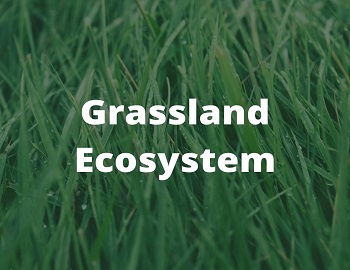

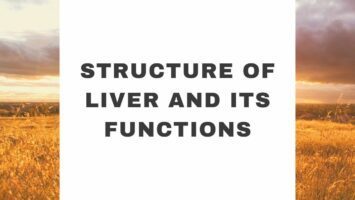

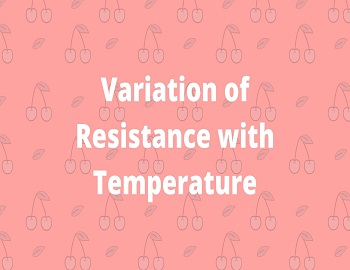
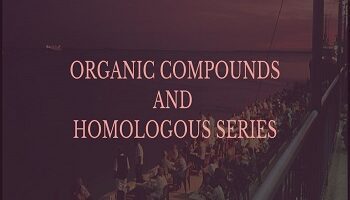


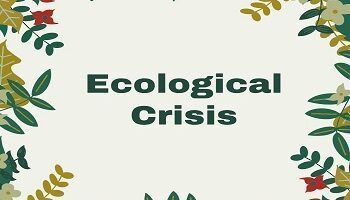
Comments (No)